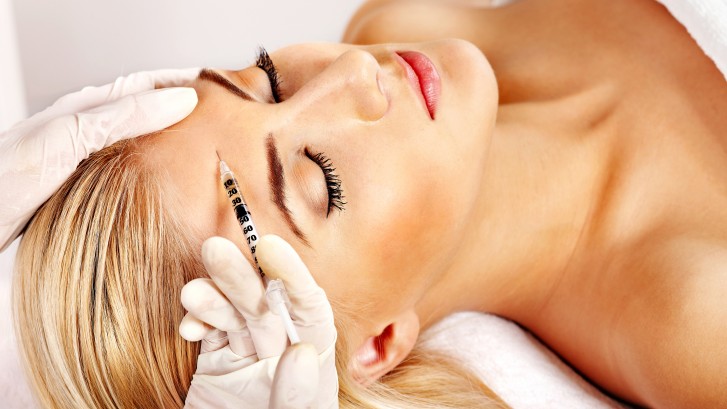Recovery Tips After Facial Reconstruction
Facial reconstruction equals big changes in your life. Post-surgery can be a big adjustment. Not only does your face look different, but you also feel different. Taking steps and preparing in advance to have a smooth recovery can help ease the adjustment period. Preparation can also help your face heal better so that you achieve the best possible results when you’re done healing. The length of time needed to recover from facial reconstruction differs from person to person depending on the condition of each individual’s overall health, the specific facial reconstruction procedure they elect to undergo, and the specifics of their procedure:
Rhinoplasty
Generally by 3 months after a rhinoplasty procedure, most of the swelling has subsided, the new shape and size of the nose is apparent, and patients can go back to their normal routines, including exercise. They should, however, avoid high-impact, high-risk activities for at least 6 months after surgery.
Facelift
For most patients undergoing a facelift procedure, most of the swelling and bruising subsides after about three weeks, and it may be hard for anyone else to tell that they have even had a facelift, other than their more youthful appearance. Patients can return to their normal routine after about two weeks.
Eyelid Surgery
While no two patients are alike, some patients experience a full recovery from eyelid surgery in as few as four or five days, although in other cases a complete recovery may take as long as three to four weeks.
Whatever kind of facial cosmetic surgery you elect to undergo, here are a few helpful tips to ensure that your recovery is as easy, successful, and painless as possible:
Enlist An Assistant
Facial reconstruction affects the whole face, and sometimes the bandages can make it hard to see. During the first couple of days, you may need someone to provide you with transportation, changing bandages, preparing your meals, and other everyday tasks. Enlist a close friend or relative to help with those things for the first few days after surgery.
Invest in a Food Processor
One of the biggest concerns following facial reconstruction surgery is diet. It’s still okay to eat all of your favorite foods, but they have to be chopped into small pieces that do not require chewing. This way, you can easily eat all of your favorite foods until your no-chew diet restrictions are lifted.
Take Your Pain Medication!
Facial reconstruction surgery can affect the nerves throughout your face. This can cause severe discomfort in addition to the pain already experienced from the incisions and other corrective measures. Staying ahead of the pain curve will keep you calm and comfortable. It will also reduce the amount of stress on your body, ensuring that you heal quickly and properly.
Dust Off the Recliner
Sleeping with your head elevated is important after facial reconstruction. It will reduce the amount of swelling and stabilize circulation. It is also recommended to sleep in a reclined or a seated position. You can also prop two or three pillows under your head and shoulders while lying in bed to keep your body elevated.
Buy Some Frozen Veggies
Ice is another important factor in reducing swelling after surgery. Medical ice packs can be helpful, but frozen veggies, especially corn or peas, make for pliable ice packs.
Use Squirt-Top Water Bottles
Staying hydrated is required after any type of surgical treatment. Facial reconstruction patients must also be sure to keep their mouth clean after surgery. A water bottle with a squirt top is helpful because it makes it easy to stay hydrated while also aiding in rinsing out your mouth with very little head movement.
Bonus Tip: Use a child’s toothbrush to help brush in between meals, as it is smaller and easier to fit into the mouth without opening too widely.
Stock Up On Food & Supplies
Having a fully stocked house can make recovery time less stressful. Be sure that you have all of the bandages, antibiotic ointments, and over-the-counter pain medications as recommended by your doctor. Also make sure that you have foods that can be cut into bite-sized pieces or are soft enough to eat after treatment. Don’t forget to also make sure you have the essentials, such as laundry detergent and toilet paper.
Talk To Your Doctor
The most important recovery tip is this: attend all of your follow-up appointments and don’t hesitate to call your doctor with questions or concerns. Dr. Binder would rather you bring up a concern than have it go unaddressed and that lead to bigger problems later. Rest easy and know that your facial reconstruction by Dr. Binder will help you achieve the best possible aesthetic results.

